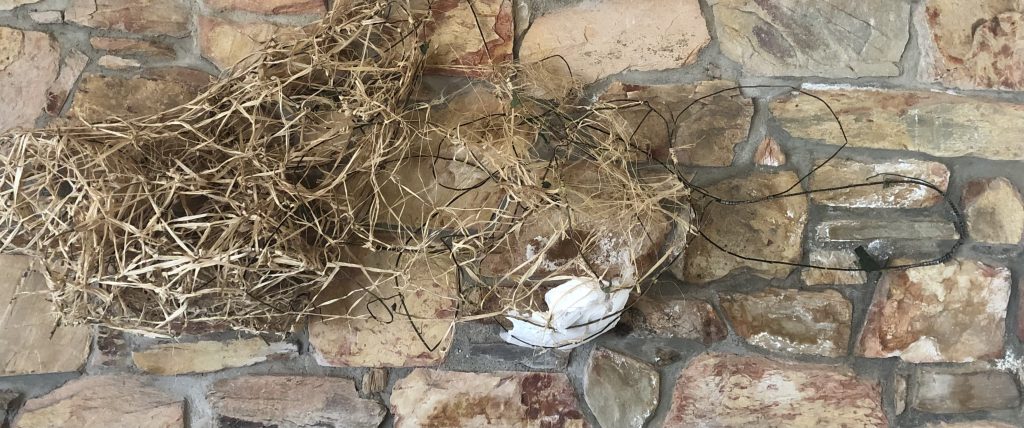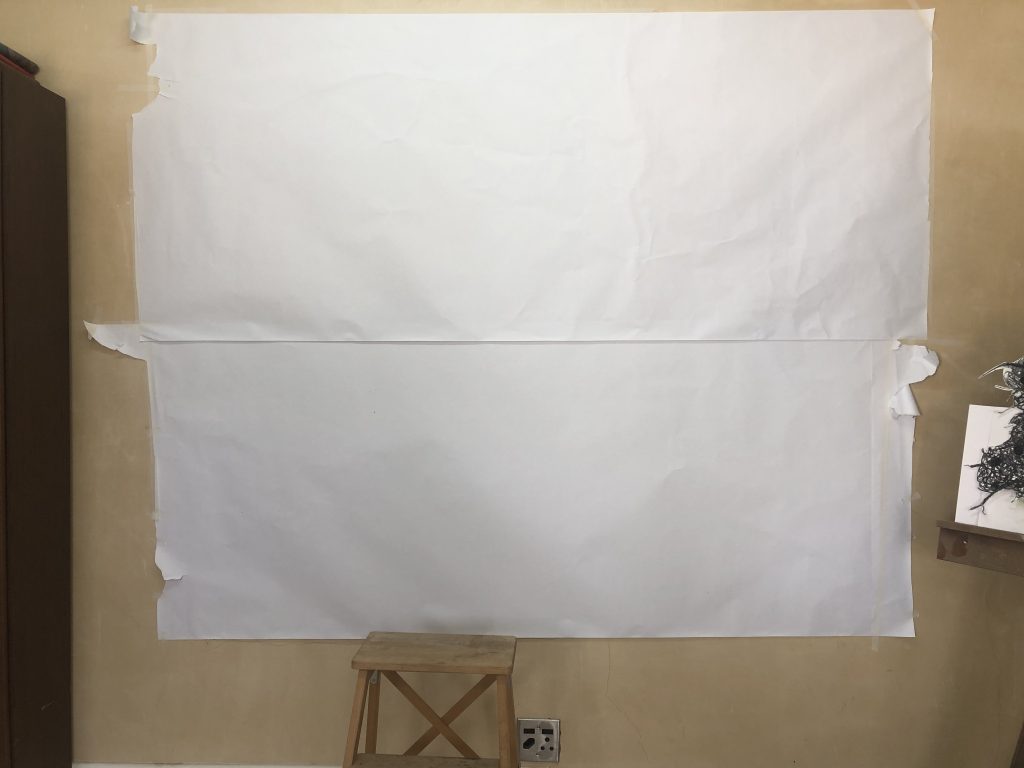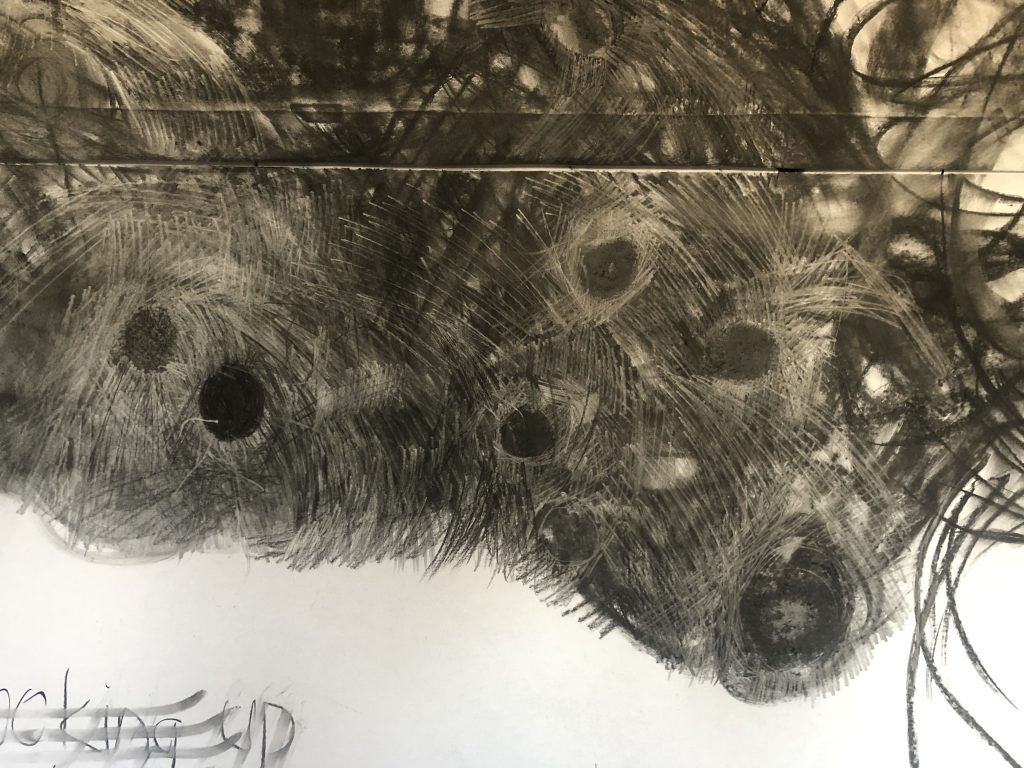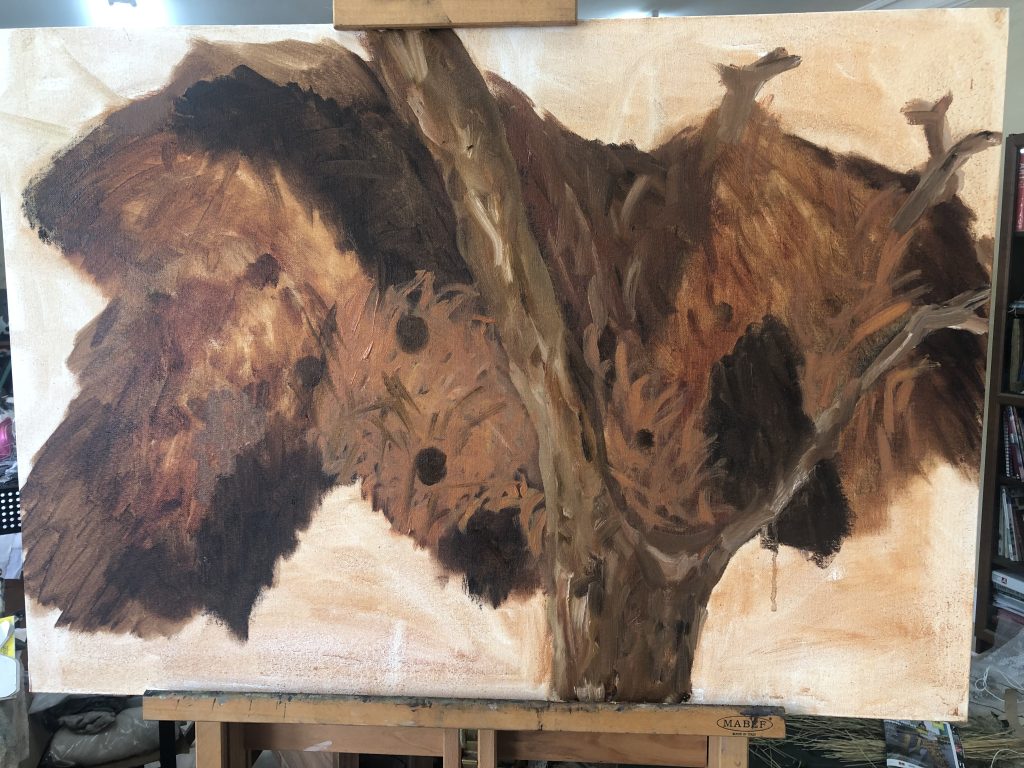Practicalities and planning
I need to register/enroll for SYP, seems before 15/11/2023
I will go for the Spring Assessment, my unit needs to be completed by 19 January 2024.
We agree on date for last tutorial, for Part Five: Monday 04/12/2023 at 12:00UK (14:00 SA) time. (changed to Wednesday 14/12/23)
Planning for Assessment
I need to have at least 8 – 10 journals I can choose from – there is work to be done regarding some academic writing (Harvard Referencing). I am reminded to check the assessment requirements in the Learning outcomes and subject-specific guidance, and I will revise this ASAP to ensure I select the best possible blogs. We will discuss this at the following tutorial as I will consider my choices.
Consider the learning outcomes for the Assessment for FA6APR ( I copied it from the Assessment Guidelines)
Learning Outcomes
On satisfactory completion of the unit, you will be able to:
- LO1 demonstrate a comprehensive knowledge and technical and practical skills through your work
- LO2 produce an ambitious body of work that is critically informed
- LO3 demonstrate how experimentation has informed your practice and visual language
- LO4 articulate your critical and conceptual knowledge and understanding of a range of fine art and contemporary contexts
My tutor suggested I write two extra blog posts, one contextual piece around my work and the other a reflection/evaluation on how my work /written plan has travelled over the course, where it has been and where it is now. I realise the value and need for reflective practice and writing as part of the outcomes of this unit.
General discussion around current BOF and areas I need to focus on
My work became more personal in the making of nests – ideas around care are integrated in the work. I realised I do more drawing – as if it came to the front and wanted to go bigger with these works, not just in terms of making a nest, but drawing and painting it. I should push this – as if time has played a big role in reaching this point, as my tutor referred to as ‘brinking’. (on the verge?) Looking specifically at the weaver’s nests – the bigger nests give us a feeling of crawling into the nest, almost feeling and experiencing being a bird. We consider how we could get into it – almost dehumanising, and that scale has to come into play. At the moment, the scale is correct, but what would happen if I pushed this? Try to move away from illustrative and go to an imaginary space – push for this. Drawing has the power to take me there – consider what it is to be not human – and also think about scale. It makes me think from the perspective of being a small bird and well as a human, considering a nest into which one could ‘nest’.
I am aware that I am inspired by the forms of the wired work of Claire Falkenstein – the 3d works will be the bigger works in my BOW. I could place them outside, almost like a map of the landscape I enter in these works – be there for a time/duration. I do like that these works connect with the other nests – smallest to biggest explorations. These works will be great to explore as drawings – the structures of the ivy vines… as lines in space. Drawings can become the way to get the depth of these nests onto paper, almost becoming suspended.

I am encouraged to make a big drawing – using the walls I have available in my studio. Below is the ‘clean canvas’ to make a drawing, as discussed during our session today. I am inspired to start working with charcoal and my eraser. A place to lose myself – consider my work to become away from my peripheral vision. (Use a mask for the charcoal dust). It is about taking a step across – having a large-scale drawing to accompany the BOW. I think about these nests and what they became in my practice. Continue with exploring and staying with my known practices and stepping out of my comfort zone. – move to explore scale.

I started the drawing and worked into the picture with the mechanical eraser to find marks and tonal differences. I did some work by using my fingers on the marks. In the view below on looks up into the nests. I am starting to imagine how it could feel to lie in the nest – as in this scale I can place my body into the nest if I lie curled up.

We also discussed using unstretched canvas and how I can put it up against the wall – I shared a work in progress – working with oil paint and just started to work into the underpainting. We discussed working on an unstretched canvas – spraying it with water to adhere to the surface/wall. My tutor suggested I work with thin layers of glazes and work over it. I agree that this will allow my layers of colour/value to influence the next layer of paint, working to unify the colour. I use a medium in between to add body maintain good brushstrokes – fat over lean, as I understand so that the drying does not crack. I work with Linseed Oil as the medium. This work is 60 x 85cm on canvas board.

Drawing in my practice became the space where I think about how a bird plans to build a nest – how to shape and work on the form. (it could be interesting to mention comments on my work from social media – people sharing videos of bird nests or how birds go about making nests – this is great as it reminds me that my work should not have a didactical message but inspire/influence viewers to look at nature – become participants?) Some of my drawings became illustrative – drawing what it is – but pushing this to make an imaginary work of what a nest can be – what it could become, needs to be considered and is hopefully part of my making. (Here is see the inspiration coming from the work of Falkenstein). I want to return charcoal to this work during the process as an extra layer of marks and my interpretation of a nest.
I think about what is the idea that is inherent in the work. A type of longing, maybe? A search for a variety of human connections? I agree, that I should get a contextual field in one place – a separate post is suggested and I will work on it. I can look at this as a space to reflect on my practice and articulate this thinking – as a post, this is important to consider using it for the assessment.
We spent some time around my artist statement – we read through it and discussed some adjustments I should consider. Three paragraphs seem to be sufficient.